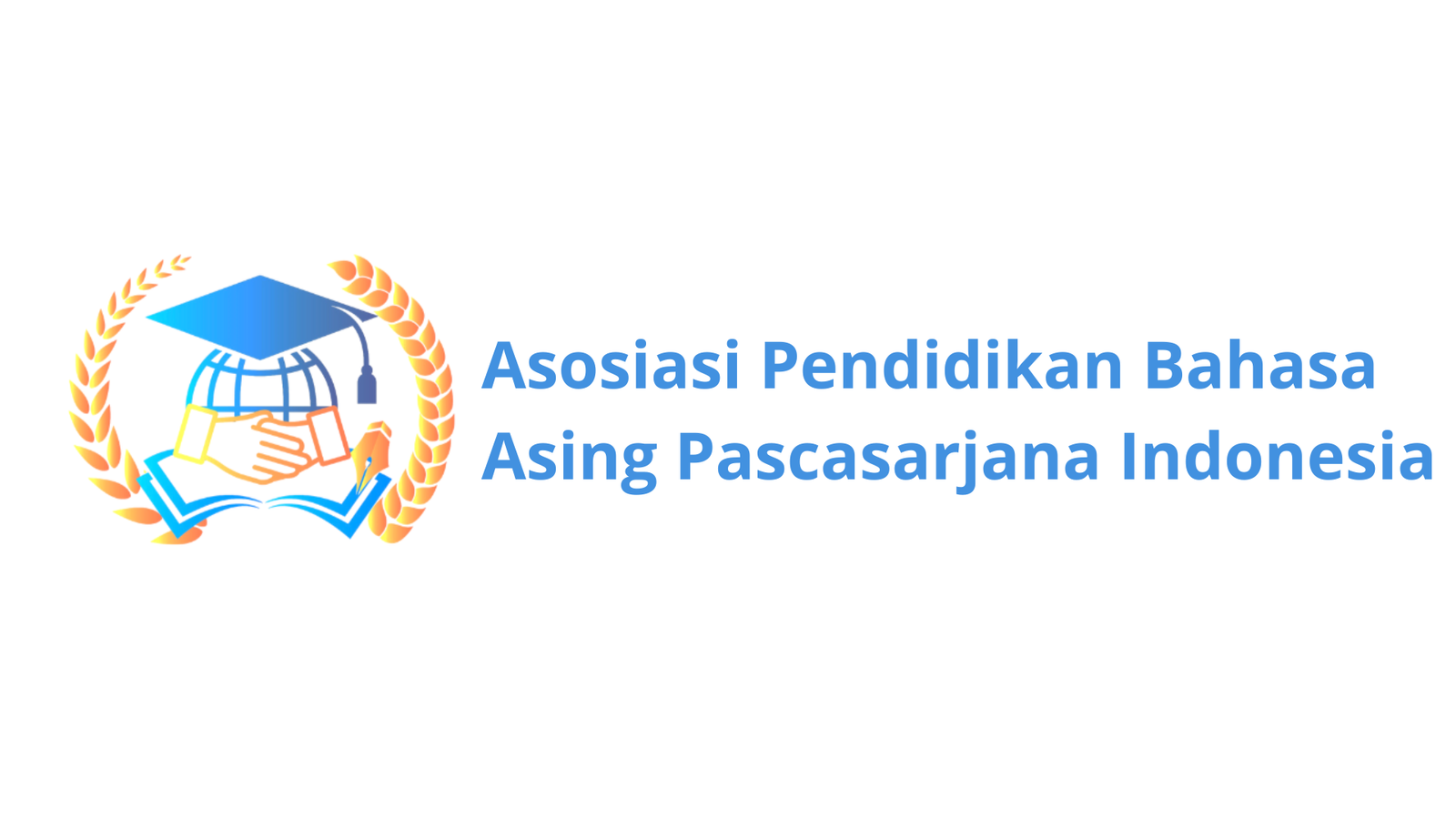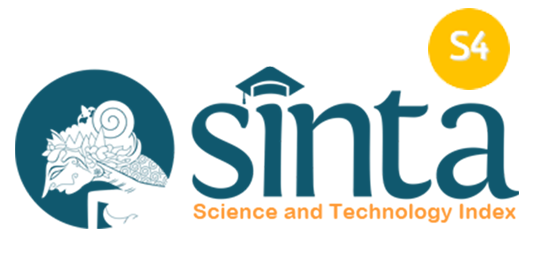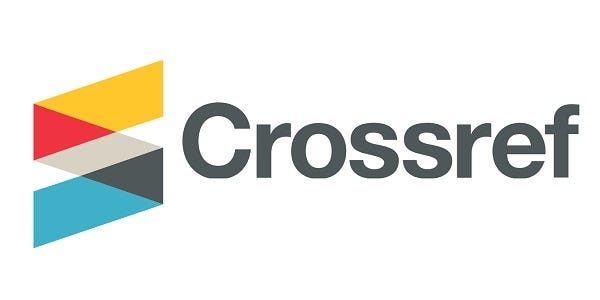The The Investigation of Teachers’ and Students’ Attitudes and Enjoyment towards ChatGPT for English Language Learning
DOI:
https://doi.org/10.36663/tatefl.v6i2.979Keywords:
ChatGPT, English Language Learning, Enjoyment, Students' Attitude, Teachers’ AttitudeAbstract
Previous research on ChatGPT has revealed mixed attitudes among teachers and students, highlighting the need for further investigation. While most studies focused on the university level, there is an essential gap in attitude research focusing on secondary school settings, exploring the enjoyment that affects attitudes. This study aimed to investigate teachers’ and students’ attitudes and enjoyment towards ChatGPT in English language learning. An explanatory sequential mixed-method design was employed, involving 8 English teachers and 311 students from a secondary school in Singaraja. The data in this study were collected through questionnaires and interviews. The quantitative findings showed positive attitudes among teachers and students, but based on the constituent aspects, it is shown that teachers tended to have more positive attitudes than students. Qualitative interviews further highlighted that ChatGPT contributed to emotional experiences influenced by the tool's strengths and weaknesses, as well as social perceptions of users. These findings suggested that integrating ChatGPT into English language learning stimulated positive responses due to its advantages in reducing academic burdens. However, the tool's shortcomings have also drawn attention, including triggering negative behavioral risks and overreliance among students. English educators needed to guide students in using ChatGPT more ethically by rechecking and confirming students' answers suspected to be AI-based. In addition, policymakers can initiate ChatGPT and AI training periodically to enhance teachers’ compatibility, particularly for senior teachers.
Downloads
References
Ardies, J., Maeyer, S. De, & Gijbels, D. (2013). Reconstructing the pupils attitude towards technology-survey. Design and Technology Education, 18(1), 8–19. https://doi.org/10.24377/DTEIJ.article1660
Autio, O. (2023). Development of students’ attitudes towards technology education between years 1993-2022 in Finnish Comprehensive School. International Journal of Technology in Education and Science, 7(3), 365–385. https://doi.org/10.46328/ijtes.506
Botes, E., Dewaele, J., & Greiff, S. (2021). The development and validation of the short form of the foreign language enjoyment scale. Modern Language Journal, 105(4), 858–876. https://doi.org/10.1111/modl.12741
Braun, V., & Clarke, V. (2006). Using thematic analysis in psychology. Qualitative Research in Psychology, 3(2), 77-101. https://doi.org/10.1191/1478088706qp063oa
Briñol, P., & Petty, R. E. (2012). A history of attitudes and persuasion research. In A. W. Kruglanski & W. Stroebe (Eds.), Handbook of the history of social psychology (pp. 283–320). Psychology Press.
Celik, I. (2023). Towards Intelligent-TPACK: An empirical study on teachers’ professional knowledge to ethically integrate artificial intelligence (AI)-based tools into education. Computers in Human Behavior, 138. https://doi.org/10.1016/j.chb.2022.107468
Darmayoga, I. K. A. (2021). Perempuan dan budaya patriarki dalam tradisi, keagamaan di Bali (studi kasus posisi superordinat dan subordinat laki-Laki dan perempuan). Danapati: Jurnal Ilmu Komunikasi, 2, 139–152.
Davis, F. D. (1989). Technology Acceptance Model: TAM. In M. N. Al-Suqri, & A. S. Al-Aufi (Eds.), Information Seeking Behavior and Technology Adoption (pp. 205-219). IGI Global.
Davis, W. A. (1982). Mind association a causal theory of enjoyment. Source: Mind, New Series, 91(362), 240–256.
Dewaele, J.-M., & MacIntyre, P. D. (2014). The two faces of janus? Anxiety and enjoyment in the foreign language classroom. Studies in Second Language Learning and Teaching, 4(2), 237–274. https://doi.org/10.14746/ssllt.2014.4.2.5
Eagly, A. H., & Chaiken, S. (1993). The psychology of attitudes. Harcourt Brace Jovanovich College Publishers.
Eagly, A. H., & Wood, W. (2012). Social role theory. In P. A. M. Van Lange, A. W. Kruglanski, & E. T. Higgins (Eds.), Handbook of theories of social psychology (pp. 458–476). Sage Publications Ltd. https://doi.org/10.4135/9781446249222.n49
Hatmanto, E. D., & Sari, M. I. (2023). Aligning theory and practice: Leveraging ChatGPT for effective English language teaching and learning. ICEnSO 2023, 440, 18. https://doi.org/10.1051/e3sconf/202344005001
Hefferon, K., & Boniwell, I. (2011). Positive psychology: Theory, research and applications. McGraw-Hill Education (UK).
Hinton, P. R., McMurray, I., & Brownlow, C. (2004). SPSS explained. Taylor & Francis. https://doi.org/10.4324/9780203642597
Javaid, M., Haleem, A., Singh, R. P., Khan, S., & Khan, I. H. (2023). Unlocking the opportunities through ChatGPT tool towards ameliorating the education system. BenchCouncil Transactions on Benchmarks, Standards and Evaluations, 3(2). https://doi.org/10.1016/j.tbench.2023.100115
Kavak, V. İ., Evis, D., & Ekinci, A. (2024). The use of ChatGPT in language education. Experimental and Applied Medical Science, 5(2), 72. https://doi.org/10.46871/eams.1461578
Kopuz, E. (2024). English language teachers’ insights on the influence of ChatGPT on professional well-being. Journal of Educational Studies and Multidisciplinary Approaches, 4(2). https://doi.org/10.51383/jesma.2024.107
Koyan, I. W. (2012). Statistik pendidikan teknik analisis data kuantitatif. Universitas Pendidikan Ganesha Press.
Kristiawan, D., Bashar, K., & Pradana, D. A. (2024). Artificial Intelligence in English language learning: A systematic review of AI tools, applications, and pedagogical outcomes. The Art of Teaching English As a Foreign Language (TATEFL), 5(2), 207–218. https://doi.org/10.36663/tatefl.v5i2.912
Lo, C. K., Hew, K. F., & Jong, M. S. yung. (2024). The influence of ChatGPT on student engagement: A systematic review and future research agenda. Computers and Education, 219. https://doi.org/10.1016/j.compedu.2024.105100
Mishra, P., & Koehler, M. J. (2006). Technological pedagogical content knowledge: A framework for teacher knowledge. Teachers College Record: The Voice of Scholarship in Education, 108(6), 1017–1054. https://doi.org/10.1111/j.1467-9620.2006.00684.x
Nasrullah, N., & Wahyu, T. Al. (2024). The application of ChatGPT in English language evaluation: A systematic literature review. Futurity Education, 4(3), 217–235. https://doi.org/10.57125/fed.2024.09.25.13
Ramzan, M., Javaid, Z. K., Kareem, A., & Mobeen, S. (2023). Amplifying classroom enjoyment and cultivating positive learning attitudes among ESL learners. Pakistan Journal of Humanities and Social Sciences, 11(2), 2298–2308. https://doi.org/10.52131/pjhss.2023.1102.0522
Risko, E. F., & Gilbert, S. J. (2016). Cognitive offloading. Trends in Cognitive Sciences, 20(9), 677–678. https://doi.org/10.1016/j.tics.2016.07.002
Sah, Y. J., Makki, T. W., Cotten, S. R., & Rikard, R. V. (2020). Distributing computing devices in Classrooms: Hedonic and utilitarian influences on science and technology attitudes. American Behavioral Scientist, 64(7), 973–993. https://doi.org/10.1177/0002764220919140
Santosa, M. H., Ratminingsih, N. M., & Adnyani, L. D. S. (2021). Students’ learning approaches in the EFL emergency online learning context. Journal of English Education and Linguistics Studies, 8(2), 185–218. https://doi.org/10.30762/jeels.v8i2.3215
Sobieraj, S., & Krämer, N. C. (2020). Similarities and differences between genders in the usage of computer with different levels of technological complexity. Computers in Human Behavior, 104. https://doi.org/10.1016/j.chb.2019.09.021
Songsiengchai, S., Sereerat, B., & Watananimitgul, W. (2023). Leveraging artificial intelligence (AI): Chat GPT for effective English language learning among Thai students. English Language Teaching, 16(11), 68. https://doi.org/10.5539/elt.v16n11p68
Summers, R., & Abd-El-Khalick, F. (2018). Development and validation of an instrument to assess student attitudes toward science across grades 5 through 10. Journal of Research in Science Teaching, 55(2), 172–205. https://doi.org/10.1002/tea.21416
Svenningsson, J. (2024). Having an attitude toward technology: Rethinking PATT studies from a theoretical perspective to study students’ attitudes toward technology (Vol. 126) [Doctoral dissertation, Linkoping University]. https://doi.org/10.3384/9789180756099
Svenningsson, J., Höst, G., Hultén, M., & Hallström, J. (2022). Students’ attitudes toward technology: Exploring the relationship among affective, cognitive and behavioral components of the attitude construct. International Journal of Technology and Design Education, 32(3), 1531–1551. https://doi.org/10.1007/s10798-021-09657-7
Taherdoost, H. (2020). Different types of data analysis; Data analysis methods and techniques in research projects. International Journal of Academic Research in Management (IJARM), 9(1), 1–9.
Uppal, K., & Hajian, S. (2025). Students’ perceptions of ChatGPT in higher education: A study of academic enhancement, procrastination, and ethical concerns. European Journal of Educational Research, 14(1), 199–211. https://doi.org/10.12973/eu-jer.14.1.199
Wajcman, J. (2006). Technocapitalism meets technofeminism: women and technology in a wireless world. Labour & Industry: A Journal of the Social and Economic Relations of Work, 16, 7–20. https://doi.org/10.1080/10301763.2006.10669327
Wang, X., Pang, H., Wallace, M. P., Wang, Q., & Chen, W. (2024). Learners’ perceived AI presences in AI-supported language learning: a study of AI as a humanized agent from community of inquiry. Computer Assisted Language Learning, 37(4), 814–840. https://doi.org/10.1080/09588221.2022.2056203
Yudi, S. P., Ni, K., & Wulandari, M. (2023). Exploring the role of perceived enjoyment integration in the unified theory of acceptance and use of technology: A descriptive study. RJOAS: Russian Journal of Agricultural and Socio-Economic Sciences, 8(140).
Downloads
Published
How to Cite
Issue
Section
License
Copyright (c) 2025 Ni Made Karina Putri Winarsa, Made Hery Santosa, Luh Indrayani

This work is licensed under a Creative Commons Attribution-ShareAlike 4.0 International License.
License Terms
- Attribution — You must give appropriate credit, provide a link to the license, and indicate if changes were made. You may do so in any reasonable manner, but not in a way that suggests the licensor endorses you or your use.
- ShareAlike — If you remix, transform, or build upon the material, you must distribute your contributions under the same license as the original.
- No additional restrictions — You may not apply legal terms or technological measures that legally restrict others from doing anything the license permits.

















